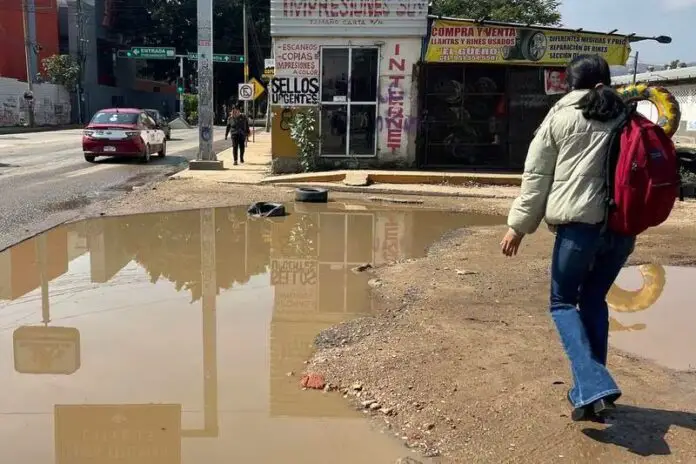Health authorities registered 17,016 confirmed cases of dengue in the first 24 weeks of 2024, up from 3,505 in the same period of 2023. Dengue cases in Mexico have risen by 385 percent so far this year, while deaths have quintupled, a situation that will worsen after the start of summer and the hurricane season, which began this week in the Atlantic with storm Alberto.
The federal Ministry of Health (SSa) recorded 17,016 confirmed cases of dengue in the first 24 weeks of the year, up from 3,505 in the same period of 2023, according to the ‘Epidemiological panorama of dengue’ report.
In addition, it counts 26 deaths, compared to only five in the same period of the previous year.
Authorities in southern Mexico, a region that accounts for more than six out of every ten cases in the country, have warned that the outlook will worsen because summer is just beginning and because of the precipitation left by ‘Alberto’, the first cyclone of the Atlantic season, in addition to seasonal rains.
Oaxaca, one of the states with the most dengue cases The Ministry of Health of the state of Oaxaca activated an emergency plan to curb the rise in dengue cases, so they intensified nebulization campaigns to neutralize the transmitting mosquito that reproduces rapidly.
The state agency reports 563 cases and 13 deaths under study until this week.
“We are talking about a 338 percent increase, we have observed that the vector, the mosquito, has already adapted to different temperatures and altitudes,” warned Mayliz Esparza Castellanos, head of the Epidemiology Area of the Ministry of Health of Oaxaca, to EFE.
Citizens and hospitals react cautiously to dengue Citizens adapt their routines to combat the mosquito, like Hortencia Díaz, who opens the doors of her house to let in the nebulizing smoke spread by the authorities.
As she does not want to get sick with dengue, since she sells food outside her home every night, she always has insect repellent on hand.
“I’m putting this on all the time, it’s repellent, just that. I don’t want to die yet, because I’m already 83 (years old), but I want a little longer,” she told EFE.
The increase in cases has also raised hospital occupancy in Oaxaca, such as at the Hospital of the Institute of Social Security and Services for State Workers (Issste), where the number of people waiting in the streets for the recovery of their relatives sick with dengue is noticeable.
What are the sequelae of dengue? The situation becomes complicated for people who were discharged and then readmitted due to the sequelae of the disease, as happened to an 82-year-old relative of Silvia Hernández, who is hospitalized for the second time.
“For people who have hypertension or diabetes, attention is necessary because the platelets drop, and the body becomes unbalanced. As it has rained, there are mosquitoes that are already endemic here in our state, so they revive and somewhere at work a little mosquito bit her,” she narrated.
Despite the emergency, in the streets of downtown Oaxaca, it is common to see tires thrown in the streets that accumulate rainwater amid puddles, which promotes the reproduction of mosquitoes, near schools and bus stops, where there is a constant agglomeration of people.
Another indicator of the increase in carrier insects and contagions is that commercial repellents have sold out in the main pharmacy chains of Oaxaca city.
Source: El Financiero







